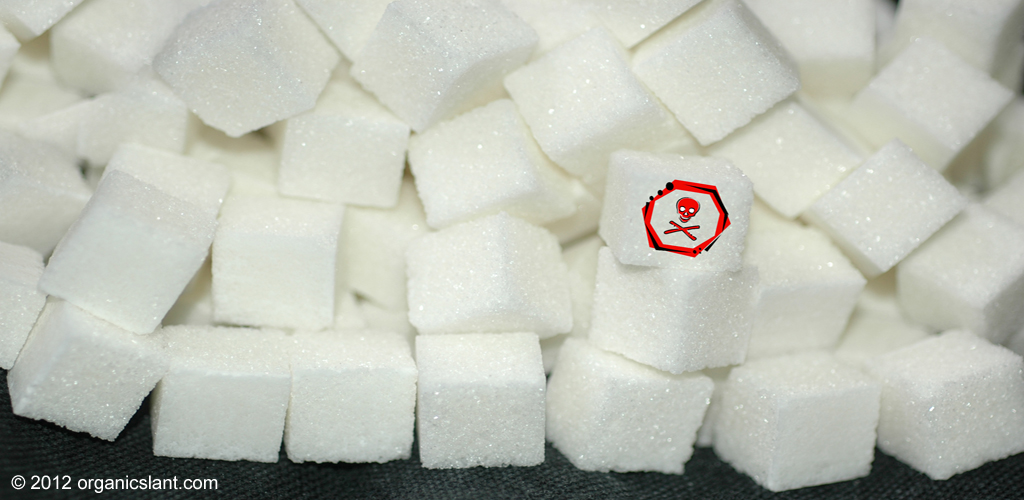Pancreatic cancers use the sugar fructose, very common in the Western diet, to activate a key cellular pathway that drives cell division, helping the cancer grow more quickly, a study by researchers at UCLA’s Jonsson Comprehensive Cancer Center has found.
Although it is widely known that cancers use glucose, a simple sugar, to fuel their growth, this is the first time a link has been shown between fructose and cancer proliferation, said the study’s senior author, Dr. Anthony Heaney, an associate professor of medicine and neurosurgery and a Jonsson Cancer Center researcher.
“The bottom line is the modern diet contains a lot of refined sugar including fructose, and it’s a hidden danger implicated in a lot of modern diseases, such as obesity, diabetes and fatty liver,” said Heaney, who also serves as co-director of the Pituitary Tumor and Neuroendocrine Program at UCLA. “In this study, we show that cancers can use fructose just as readily as glucose to fuel their growth.”
Sources of fructose in the Western diet include cane sugar (sucrose) and high-fructose corn syrup (HFCS), a corn-based sweetener that has been on the market since about 1970. HFCS accounts for more than 40 percent of the caloric sweeteners added to foods and beverages, and it is by far the most frequently used sweetener in American soft drinks.
Between 1970 and 1990, the consumption of HFCS in the U.S. increased by more than 1,000 percent, according to an article in the April 2004 issue of the American Journal of Clinical Nutrition. Food companies use HFCS — a mixture of fructose and glucose — because it is inexpensive, easy to transport and keeps foods moist. And because of its excessive sweetness, it is cost-effective for companies to use small quantities of HCFS in place of more expensive sweeteners or flavorings.
Heaney found that the pancreatic cancer cells could easily distinguish between glucose and fructose, which are very similar structurally, and contrary to conventional wisdom, the cancer cells metabolized the sugars in very different ways. In the case of fructose, the pancreatic cancer cells used the sugar in the transketolase-driven non-oxidative pentose phosphate pathway to generate nucleic acids, the building blocks of RNA and DNA, which the cancer cells need to divide and proliferate.
Heaney said that while this study was done in pancreatic cancer, these finding may not be unique to that cancer type.
The study was funded by the National Institutes of Health, the Hirschberg Foundation and the Jonsson Cancer Center.
The link between these products and cancer may seem grim, however the research has actually isolated one of the main causes of cancer cell growth. The study suggests that the process of inhibiting a glutamine enzyme known as glutaminase may actually prove to be an effective counter measure to the growth of cancer cells overall.
Effectively, this method aims to remove any usable resource for cancer cells to flourish. The study states that when the investigators used a glutaminase inhibitor, cancer cell samples in petri dishes stopped growing.
The idea is that creating an environment where the cancer has no means to properly grow and metastasize will effectively reduce and prevent cancer overall. Some methods like oxygen treatment, PH balance, and specific diet guidelines have similar effects for eliminating cancer by inhibiting its overall ability to flourish in the body. When it comes to cancer, prevention is key.

 A daily dose of yogurt could be the go-to food to manage high blood pressure
A daily dose of yogurt could be the go-to food to manage high blood pressure WHO advises not to use non-sugar sweeteners for weight control
WHO advises not to use non-sugar sweeteners for weight control Most U.S. children use potentially toxic makeup products, often during play
Most U.S. children use potentially toxic makeup products, often during play To Block The Carcinogens, Add A Touch Of Rosemary When Grilling Meats
To Block The Carcinogens, Add A Touch Of Rosemary When Grilling Meats